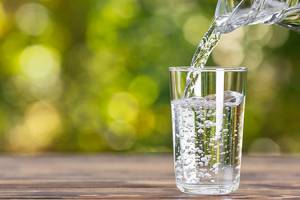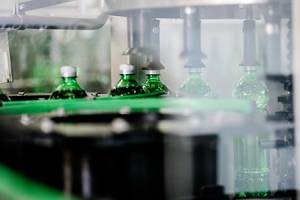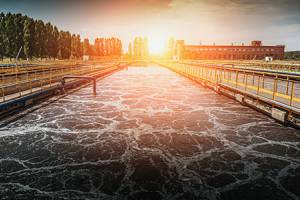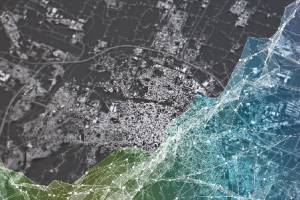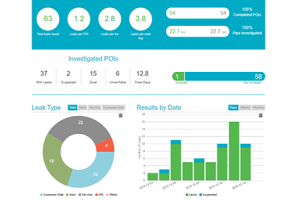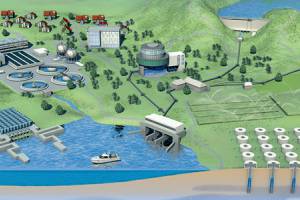Drinking water purification
- Water technologies >
- Technological engineering >
- Drinking water purification
According to nature
We use state-of-the-art technologies for drinking water purification that have minimal adverse effects on the environment with negligible use of chemicals.
We respect the drinking water standards
At Kolektor Sisteh, we pursue the goal of providing people with innovative solutions that improve the quality of life. This means that our actions and solutions must also be based on laws, rules and ethical principles. During drinking water purification process, we follow the rules on drinking water, which define what drinking water is and what it must be like:
"Water in its original condition or after treatment, intended for drinking, cooking, preparing food or for other household purposes, regardless of its origin and regardless whether it is supplied from the water supply network, the drinking water supply system, cisterns or as pre-packaged water."
"All water used for the production and trade of foodstuffs."
Drinking water must be wholesome, which means that::
- it does not contain micro-organisms, parasites and their developmental forms in numbers that may present a risk to human health
- it does not contain substances in concentrations which, alone or together with other substances, may present a risk to human health
- it complies with the requirements set out in Parts A and B of Annex I, which forms an integral part of the rules
Modern technologies for drinking water purification
If water from the source does not comply with the rules, we need to treat it. Disinfection is usually sufficient. If it is not sufficient, purification – filtration is also required.
In the purification of drinking water we use modern technologies:
- membrane ultrafiltration
- nanofiltration
- reverse osmosis
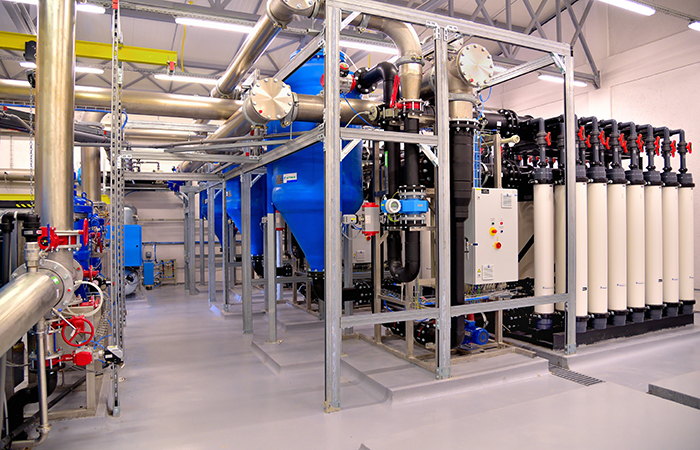
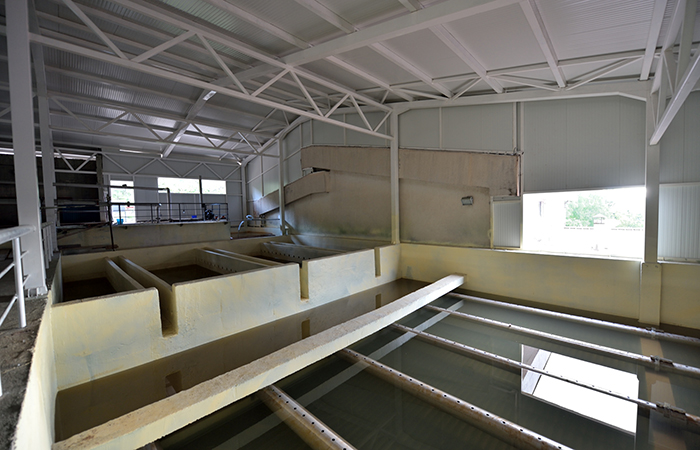
Conventional drinking water purification methods
Where the use of membrane technology does not allow optimal solutions (removal of iron and manganese, arsenic, etc. from deep wells), we also use conventional methods or a combination of both.
- Coagulation: is a step before sedimentation or filtration (classical or membrane filtration). It is a process of adding trivalent iron and aluminum ions, which cause precipitation/flocculation of dissolved organic substances and improve the settling of particles.
- Sedimentation
- Sand filtration: filtration processes through the added layer also include filtration with variously active media, which is used to remove certain chemical parameters. The classical filtration media include silica sand (of various granulations) and anthracite, while modern filtration media include zeolites and expanded clay.
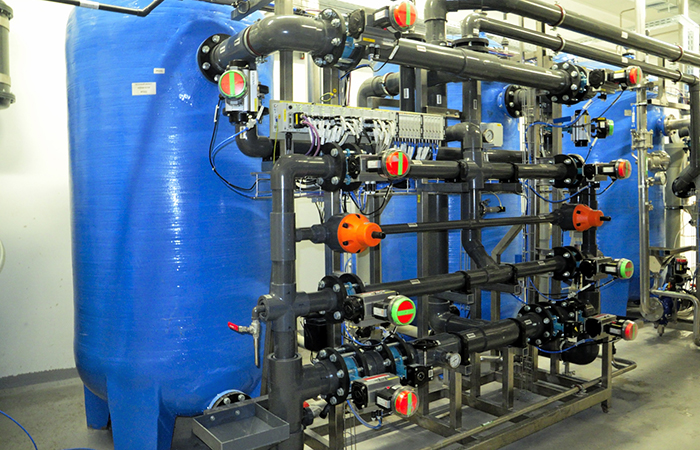
Removal of iron and manganese
Iron and manganese are often present in deep/groundwater sources, and are usually found together. They are removed by oxidation in combination with sand filters or by using specific filter media designed to remove iron and manganese
In addition to the treatment of drinking water, the removal of iron, and especially of manganese, is also used in the treatment of mineral water intended for packaging.
Explore more
Contact us
Together we can find a solution


